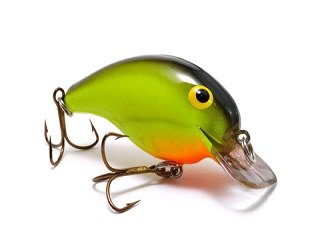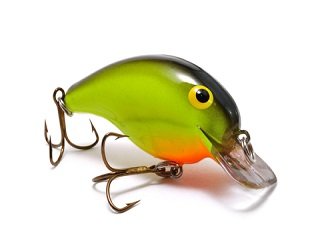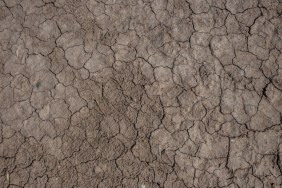 Summer typically means hot, humid temperatures and very high water temperatures. As a result, bass are likely to stick closer to shady, cool areas this time of year, such as timber. One of the best ways to work timber is with a crankbait, but there are a few things you’ll want to keep in mind before you throw a treble-hooked lure to the submerged timber. Here are a few tips on how to fish timber for bass this summer.
Summer typically means hot, humid temperatures and very high water temperatures. As a result, bass are likely to stick closer to shady, cool areas this time of year, such as timber. One of the best ways to work timber is with a crankbait, but there are a few things you’ll want to keep in mind before you throw a treble-hooked lure to the submerged timber. Here are a few tips on how to fish timber for bass this summer.
Reading timber is one of those must-have skills for serious bass anglers. A solid understanding of timber will equip you with the skills to estimate the water depth, surrounding topographic features and other aspects of the area you are fishing. Furthermore, it even helps to not think of timber simply as a bunch of sticks standing in the water, but rather as a collection of hills and valleys, with creeks running through it and long areas of flats and plains—a landscape in itself. Doing this can help you better assess the timber, as well as the area you’re fishing. For example, tall, heavy, round timber is typically going to be found in deeper waters, whereas smaller timber will be in shallow waters. Shorter trees don’t have to grow as tall, because they tend to be in higher areas, or away from larger trees that block the sun. Watching for changes in the makeup of available timber will paint a clear picture of the depth of the water around you.
Crankbaits do their magi when they collide with objects and structure, and timber is no exception. Typically wood and hooks don’tmake good bedfellows, though, which can leave some people scratching their heads when considering throwing a crankbait at timber. However, when you know how to fish timber with a crankbait, they’ll produce time and time again. Someone once told me that if you’re not getting hung up or losing a lure now and then, you’re not fishing in the right spot, and this is going to be a hard truth to swallow at first when fishing timber with crankbaits. However, 99 percent of the time you hang up in timber it’s the bill of the crankbait is what gets caught. Keep pressure and snap the line in an arch to release the pressure when this happens. Furthermore, you can also slowly drop the tip of the pole and allow the crank bait to float upand away from the timber on the hang up.
To use the crankbaits to their fullest potential, look for channels in the standing timber. For example, in creek channels, fish will stage in the deep, cool waters of the creek channels and feed among the flats and shallower water early, preferring to move deeper and travel the channel lines as the water temperature rises throughout the day.
Crankbaits continue to be a staple among tackle boxes throughout the years, and with good reason. Not only do they do a great job of attracting strikes in open water, but their effectiveness among structure, such as rocks and timber, is nearly unparalleled. If you find yourself among standing timber on the lake this summer, tie on a crankbait and go to work.








